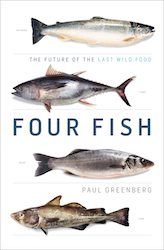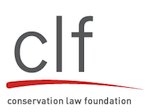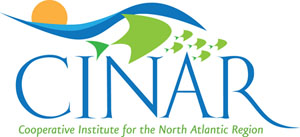
Four Fish: The Future of the Last Wild Food
By Paul Greenberg
The Penguin Press, New York, NY. $25.95, hardcover, 284 pages, ISBN 978-1-59420-256-8 (2010).
Reviewed by Lee Bumsted
People are eating more fish than ever before, and our population worldwide keeps increasing. Where we will find all the fish needed to satisfy this demand? What sort of fish should they be?
In Four Fish: The Future of the Last Wild Food, Paul Greenberg takes up this quandary. He has tackled these subjects before, as a frequent contributor to The New York Times on seafood and marine topics.
He notes that per capita, fish consumption has nearly doubled in the past 50 years. Since we have passed the point where wild fish alone can meet our needs, Greenberg argues that we must make smart choices about what fish we choose to domesticate and how we raise them. But as the title of his book implies, he hasn’t given up on sustaining some of our favorite wild fish.
Greenberg selects salmon, sea bass, cod, and tuna as four archetypes of fish flesh humans favor. He reviews the status of each in the wild, and notes challenges such as overfishing and loss of habitat. He describes what he found at sites around the world where people are raising domestic alternatives, and assesses whether those are good options.
“For too long it has been entrepreneurs who have decided which species to domesticate and which to leave wild,” Greenberg writes. They were guided by which fish were easy to raise and were versions of wild fish with well-established markets.
Salmon is a prime example of this. There is now about three times as much farmed salmon in the marketplace as wild-caught. Despite the problems associated with farm-raised salmon, Greenberg feels this is one choice too entrenched to reverse. Instead, he offers ways to feed salmon more efficiently and to reduce PCB accumulation in their fatty tissue.
He describes efforts in Scotland and Norway to farm cod. “Why would we bother with taming a fish like cod that is slow-growing, inefficient, and ultimately not suited to live in our mangers? It is a waste of time and money,” he writes. “If we must have an industrial fish, let us use a fish that works well in industrial processes and has a minimum of impact on the wild world.”
Greenberg sets out criteria for fish domestication. One is that the fish chosen should be efficient feeders. He visits an Australian named Neil Sims who is raising kahala, a previously unharvested fish, in pens off Hawaii. The kahala has a feed-conversion ratio of about 2-to-1, ten times better than bluefin tuna, and has flesh similar to white albacore tuna.
Another criterion is that domestic fish not damage wild systems. He details the threat of escaped salmon to wild stock along our coast, how escapees might outcompete wild salmon at one stage of their life cycle but then not prosper. By comparison, a good deal of salmon is raised in Chile, where there are no native salmon to disrupt.
He highlights tra, raised in Vietnam for hundreds of years, and tilapia as appropriate for farming. They are raised in fresh water, isolated from ocean fish, and they eat primarily vegetarian feed.
Greenberg raises interesting parallels between the domestication of terrestrial animals and the domestication of fish. He says success is more likely if they are hardy, breed freely in captive settings, and require minimal tending. He also advocates for raising fish in polycultures, where many wastes are recycled and whole systems are in place, rather than in poorly understood monocultures.
It is Greenberg’s hope that we can find ways to support wild fish even as we find better ways to raise their domestic counterparts. He recommends a reduction in the subsidies that make wild fish less costly to consumers, an increase in no-catch areas, and protection of the forage fish needed by those of commercial value.
There is a welcome armchair-reading quality to Four Fish. Throughout the book, Greenberg intersperses tales of youthful and recent fishing trips on Long Island Sound and travels to remote locations to meet fish farmers. He relates his anxiety about diving in the open ocean off Hawaii with Neil Sims, who catches him out wearing his wetsuit backwards. He humorously reports on a blind taste test lunch of wild and farm-raised cod he prepares for Mark Kurlansky, the author of Cod.
Greenberg concludes with a call for respect for wild fish stocks coupled with more responsible development of domesticated seafood sources. If we apply political and societal pressure, he thinks wild fish may yet have a future.
Print


















